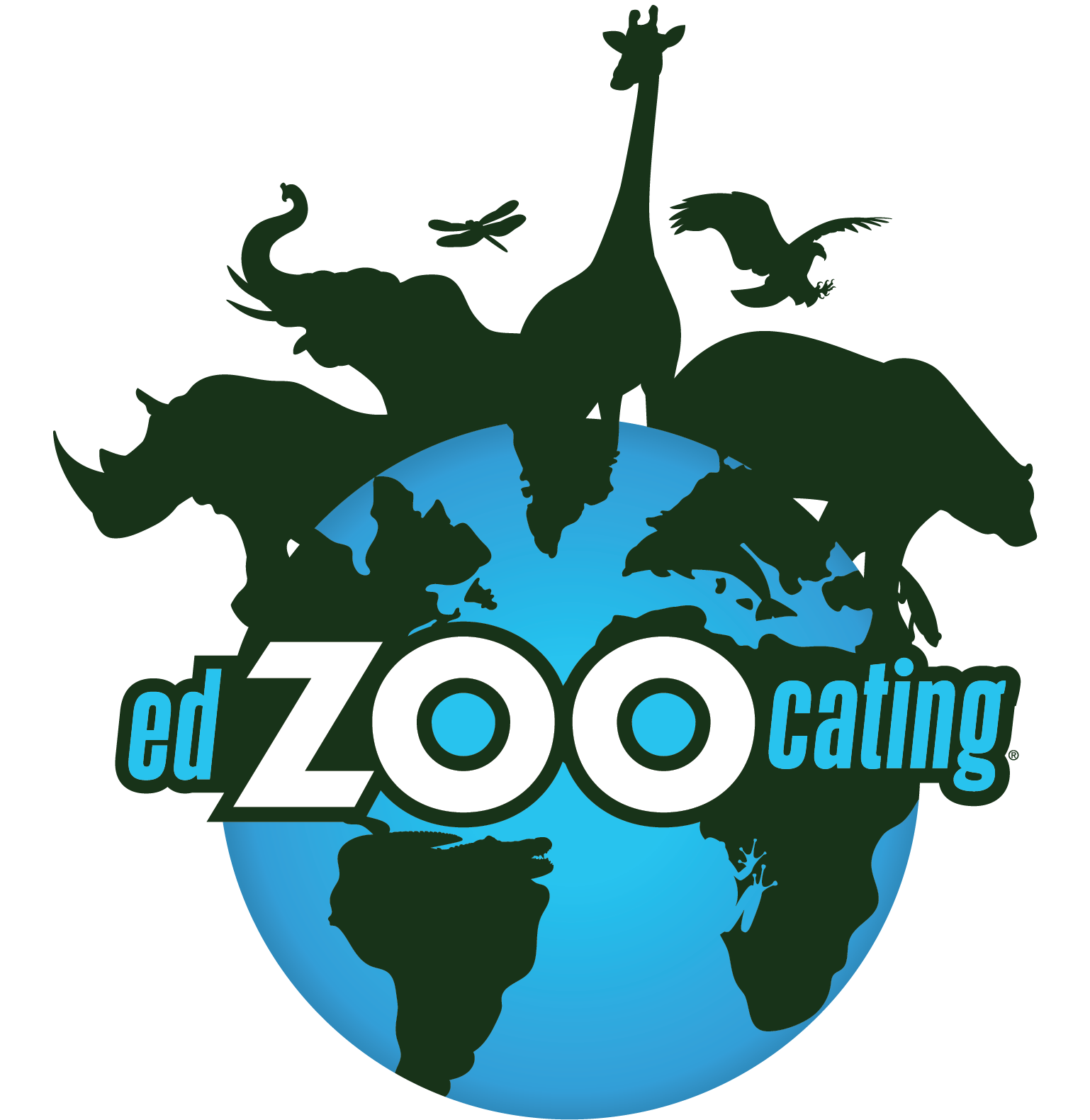Habitat Loss

What Is Habitat Loss?
Word of the Week
Habitat Fragmentation
Habitat fragmentation occurs when an environment is divided into smaller, separated sections (or fragments). Habitat fragmentation reduces the total size of available habitat and makes it harder for animals to travel.
The construction of roads, farms, and cities can cause habitat fragmentation.
Species Spotlight
Cheetah
Acinonyx jubatus
Cheetahs are the fastest land animals in the world. Would you believe the world's fastest land animal has trouble moving around their environment? Well, it's true!
Cheetahs live on the African savanna. Their spotted coat keeps them hidden in tall, dry grasses so they can sneak up on prey like gazelles, springbok, rabbits, and more. Once their prey comes close enough, cheetahs begin the chase. They use sharp, non-retractable claws to grip the ground while their long legs push them forward. Moving their long tail side-to-side helps them change directions while running.
Female cheetahs live and hunt alone, while male cheetahs often live in a small group called a coalition. Males can catch larger prey and are usually more successful than females because they hunt as a team. When food in an area becomes scarce, cheetahs (like most predators) must look for prey somewhere else. However, traveling to new parts of the savanna is becoming more and more challenging because of habitat fragmentation.
National parks have been created across Africa to protect cheetahs and other wildlife, but moving between the parks requires crossing fences, cities, farms, and roads. Cheetahs now have trouble finding new feeding areas and reaching mates. Cheetahs must travel to find new mates to produce healthy offspring and increase population size. Scientists are working to save cheetahs by creating connected areas between habitats that will allow cheetahs and other wildlife to move around safely.
BRAIN BLAST
Another threat cheetahs face is human-wildlife conflict. As the savanna changes into cities and farms, cheetahs live closer and closer to people and their livestock, like goats and sheep. Cheetahs are often killed to protect livestock. Come up with a strategy to keep cheetahs away from livestock that will not restrict the cheetahs' movement around the ecosystem.
Conservation Corner
Restoring African Painted Dog Populations
African painted dogs live and breed in large packs on the African savanna. Usually, after pups are born and grown, some leave the pack to find a new pack to join and breed with.
It is important that animals breed with others they are not related to, or it could cause the offspring to have health problems. Animals typically spread out around their ecosystem to find unrelated mates to breed with. Habitat fragmentation prevents African painted dogs and other animals from spreading out, so scientists are taking matters into their own hands.
Recently, scientists have relocated small groups of African painted dogs from one part of Africa to another to help them spread out! In one event, a group of orphaned pups joined new packs in different park. In another, several adult painted dogs were moved to start a pack in a new area. These relocations are a great way to make sure the future of the African savanna includes healthy African painted dogs.
Habitat Loss Terminology
Drag each vocabulary word to the description it matches.
Habitat Loss Challenge
Research one of the three habitats below. Explore where it is found, why it is important, and why it is disappearing. Complete the Habitat Loss In the Real World packet to develop a plan to stop habitat loss.
Habitat Loss Challenge
Select a habitat from the reading prompts above.
Read about the habitat. Explore why it is important and why it is threatened by habitat loss. Feel free to use additional resources to learn about the habitat.
Then, complete the questions in the packet to develop a plan to stop habitat loss!
Glossary
Conservation
The act of preserving the environment.
Climate Change
A change in global weather patterns as a result of greenhouse gases in the atmosphere.
Crop
A plant that is grown and harvested by humans.
Deforestation
The act of forests being cut down or burned to create room for human expansion.
Endangered Species
An organism that is threatened with extinction.
Environmental Threat
Something that has a negative impact on plants, animals, and the natural world.
Extinct
When an organism has no living members remaining.
Greenhouse Gas
A gas that traps heat near the Earth's surface. Carbon dioxide and methane are examples of greenhouse gases.
Habitat Fragmentation
When a large environment gets divided into smaller, separated areas because of roads, cities, and other developments.
Habitat Loss
When habitats are destroyed and changed into human-managed land such as farms or cities.
Human-Wildlife Conflict
Occurs when humans and wildlife live nearby and negatively impact each other.
Livestock
Farm animals that are used to benefit humans (cows, pigs, goats, etc.).
Oxygen
A gas required by all living things (the gas animals need for breathing).
Pollution
Toxins or other harmful substances that have entered the environment and are harming the natural world.
Population Size
The amount of individuals currently alive for a given species.
Sustainability
The act of advancing as humans while working to have a positive impact on the natural world.
Sign Up for our Newsletter
Stay up to date with new adventures, live classes, deals, and more!

Helpful Resources
*Please note we do not offer refunds for EdZOOcating Adventures memberships. We recommend you explore the 3-day free trial prior to subscribing!*



